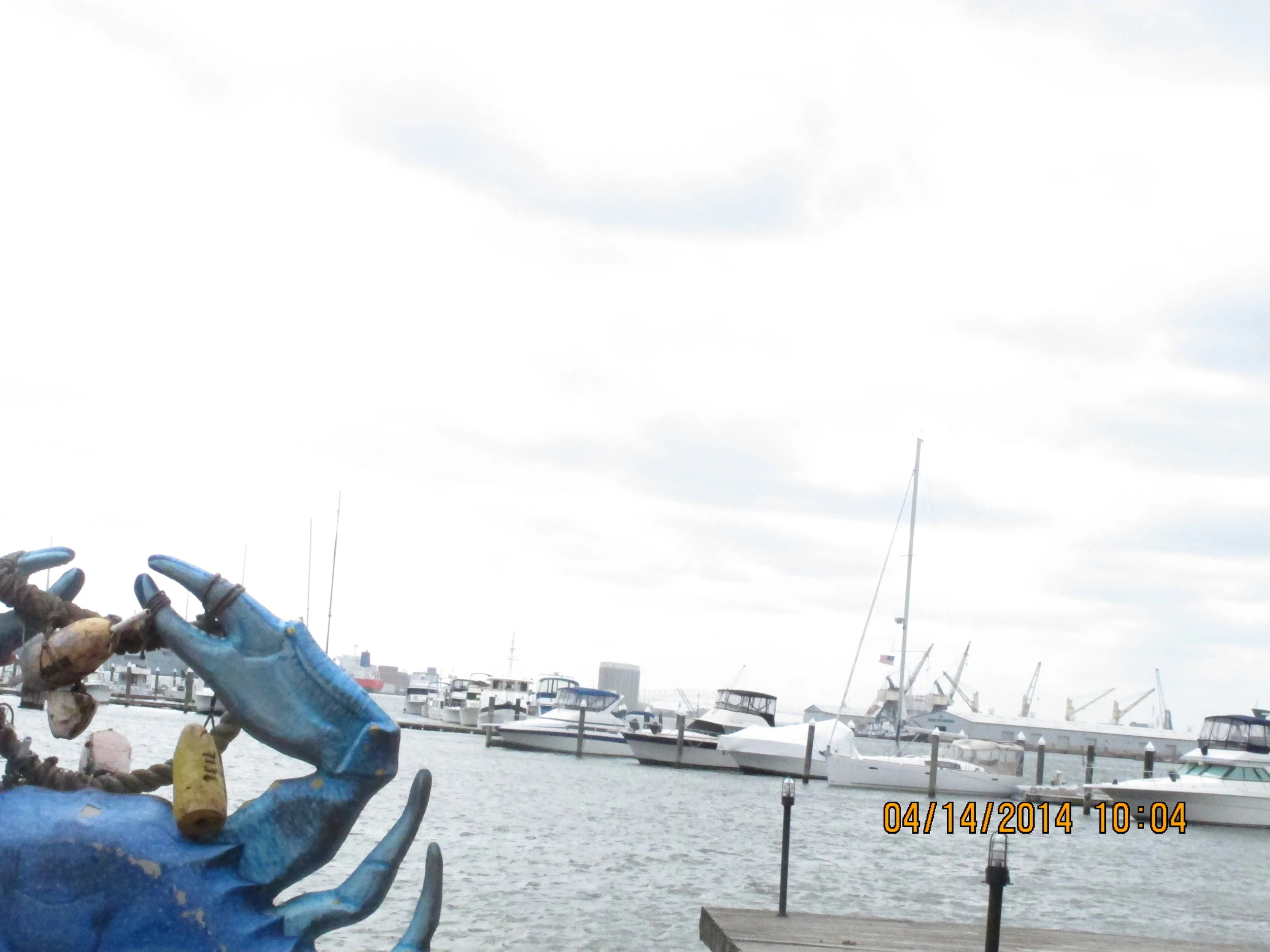The Gift of Constraint
/Earlier this spring I published an article on an experiment in Westchester, where a stalemated settlement over fair housing became the occasion for a day-long role play with a software that helped adults see what changing one variable in urban design would do for other variables.
My sources for the article, academics and designers and public servants, all talked about the energy they drew from looking at limits rather than from asserting their wants.
I can relate every day, as I commute to work along the eastern flank of the Manhattan Bridge. I have a lane, sometimes less in glorious sunshine like New York's seen this week, and a steep pitch. I grimace when I'm pedaling hard, but the shape of my head configures the grimace as something that suggests a smile to people coasting downhill in the other direction. So they smile back, and I smile back back.
For me, riding to work brings on the alert eyes of a new adventure and the relaxed spine of a hometown stroll. It's a slice through a lot of systems I can't singly change, and a chance to focus on what I do want to change in the next day or two.
And the context for this experiment consists in a condition most places in America: a lack of easy places to build. (I'd write more here, but I'd love for you to read the article. ) The lingering suggestion leaves me humble. It's that in an America without frontiers, we haves need to get as fluent with the uses of constraint as 20th Century planners were with the uses of want.
And what I work on here aims to test the idea that most of us really want something that becomes clearer with constraint- a chance to play a game, a chance to share an ideal, a chance to redesign what's brittle around us.
I hope the article and its heroes help clarify your own useful constraints.

